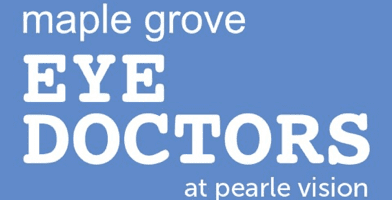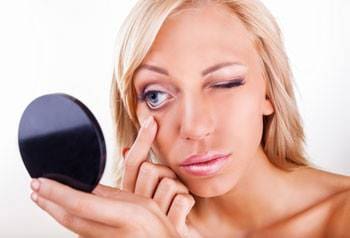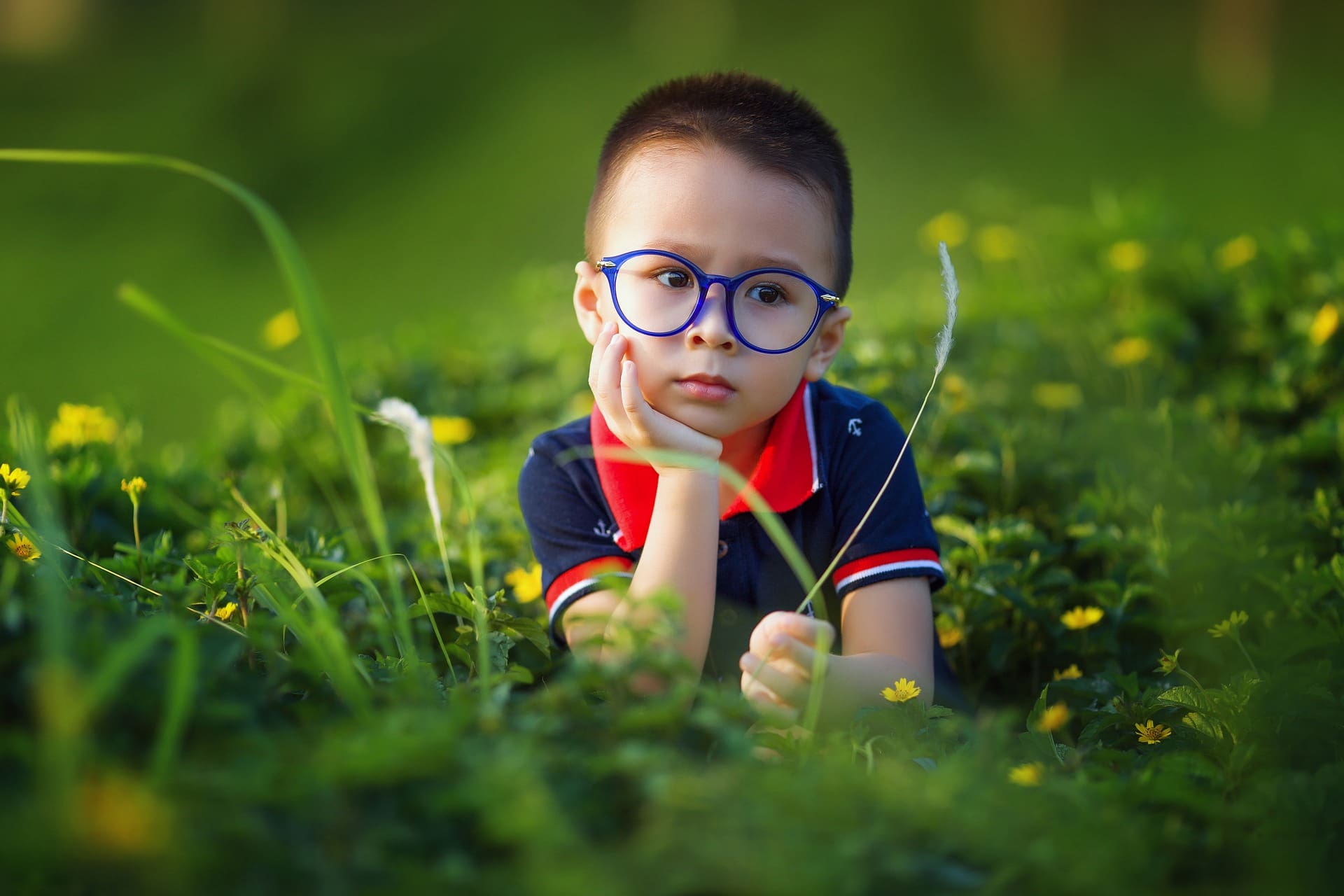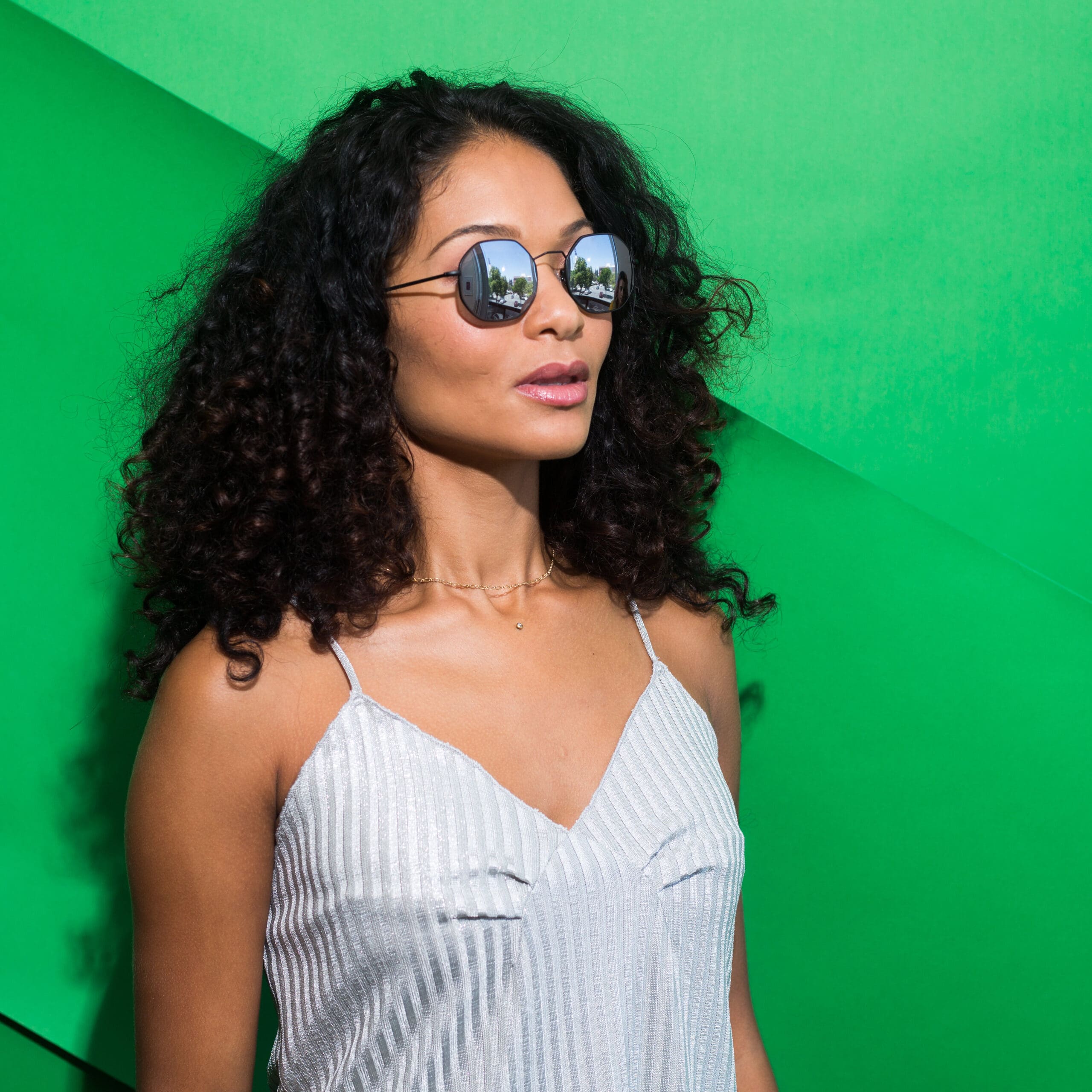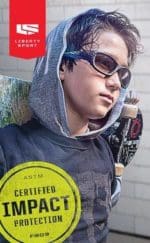The eclipse of the sun, 2017 is on August 21st. This is the first of its kind in the U.S. since 1979. Anyone within the path of totality can see a total solar eclipse, and observers outside this path will see a partial solar eclipse.
Catching the captivating sight of the moon’s passing between the sun and Earth, where the moon fully or partially covers the sun, could cause serious and potentially long-term harm to the eye if not viewed properly.
Our eye doctors offer tips on eye safety during the eclipse to avoid post-exposure symptoms like pain, red eyes, light sensitivity, tearing or watery eyes, blurry vision, and many others.
It is never safe to stare directly into the sun, and it will never be safe to view the eclipse without eye protection unless you are in a zone with complete coverage and, then, only during those two minutes of complete coverage, or totality.
The best option to view an eclipse safely is to wear solar eclipse glasses approved by the International Organization for Standardization.
Standard sunglasses, regardless of ultraviolet markings, including UVA and UVB, will not provide enough protection for eclipse viewing due to the intensity of the rays. The sun’s rays may be partially blocked during an eclipse, but the remaining visible rays are still intense enough to cause serious eye damage or even loss of vision. Protective eyewear should have an ISO 12312-2 marking on them to be considered safe for looking at the sun.
When a viewer is in the total coverage zone and during the brief two-minute period of total coverage, the solar eclipse can be viewed without wearing the approved eclipse glasses. The sun’s rays are blocked in this zone, allowing viewers to remove the glasses for a brief time to see the total eclipse. Viewers in the partial eclipse zones should wear protective eyewear the entire time.
The only exception to the rule of strictly wearing solar eclipse glasses while viewing the eclipse is that you can remove your eclipse glasses if you are viewing a total eclipse when all the sun’s rays become blocked. Most people, however, will be viewing a partial eclipse, which should be seen only through solar eclipse glasses.
WE ARE PROVIDING 200 OF OUR CUSTOMERS WITH ISO and CE certified eclipse glasses; Normal sunglasses will not protect from the intense rays when the moon passes over the sun.
Our eye doctors recommend NASA’s do’s and don’ts while viewing the solar eclipse:
Always inspect your solar filter before use; if scratched or damaged, discard it. Read and follow any instructions printed on or packaged with the filter. Always supervise children using solar filters.
Stand still and cover your eyes with your eclipse glasses or solar viewer before looking up at the bright sun. After glancing at the sun, turn away and remove your filter – do not remove it while looking at the sun.
Do not look at the uneclipsed or partially eclipsed sun through an unfiltered camera, telescope, binoculars or other optical device. Similarly, do not look at the sun through a camera, a telescope, binoculars or any other optical device while using your eclipse glasses or hand-held solar viewer — the concentrated solar rays will damage the filter and enter your eye(s), causing serious injury. Seek expert advice from an astronomer before using a solar filter with a camera, telescope, binoculars or any other optical device.
If you are within the path of totality and only during the brief two-minute period of totality, remove your solar filter only when the moon completely covers the sun’s bright face and it suddenly gets quite dark. Experience totality; then, as soon as the bright sun begins to reappear, replace your solar viewer to glance at the remaining partial phases.
There are no specific alerts to stop someone from looking directly at an eclipse in order to avoid damage irrespective of whether they are wearing appropriate eclipse glasses. Our doctors recommend limiting viewing the solar eclipse to three minutes or less, even with approved solar eclipse glasses.
Persons should seek medical attention immediately if experiencing any post-exposure symptoms, especially if the condition is worsening with time.” Just as with a sunburn, delayed symptoms can also occur several hours after overexposure.
Symptoms of photokeratitis include eye pain, burning or red eyes, light sensitivity, blurred vision, watery eyes, and/or swelling around the eye or eyelid. In the case of sunburned eyes, one should remove any contact lenses, use a cold compress and preservative-free artificial tears, and immediately call an eye care professional who will be able to help with the pain and any inflammation. To decrease irritation, contact lenses should not be worn, and one should not rub the eye. Patients are encouraged to stay in a dark room or wear sunglasses until symptoms have subsided.
Signs of solar retinopathy may be blurred vision that does not improve with glasses or contact lenses, light sensitivity, blind spot in one or more commonly both eyes, watery eyes, eye soreness, difficulty in recognizing shapes, objects’ appearing distorted, and headaches. Patients are advised not to gaze directly at sunlight and to immediately seek help from an eye care professional to help ease the discomfort of symptoms and to assess the amount of damage. If the damage is severe, there may be a permanent loss of vision, which is why following the precautionary methods while viewing the eclipse is mandatory.
One should start by calling or visiting their eye care professional’s office, as their own doctor will have an ocular history for the patient and know the proper treatment. Our doctors accept walk-in emergency appointments, but we hope that you will take our advice to properly view the eclipse!
